
Do you have a question about the Davey ChloroMatic MCS36C and is the answer not in the manual?
| Cell Material | Titanium |
|---|---|
| Type | Salt Chlorinator |
| Pool Size | Up to 36, 000 Litres |
| Chlorine Output | 36 grams per hour |
| Power Supply | 240V |
| Cell Type | Self-cleaning |
| Model | ChloroMatic MCS36C |
| Salt Level Range | 4000 – 6000ppm |
Key factor for chlorinator performance and lifespan. Essential for optimal output.
Regular monitoring and cleaning of the electrolytic cell prevents scale buildup and damage.
Maintaining correct pH, alkalinity, and hardness prevents equipment damage and ensures efficacy.
Guidelines for selecting a suitable, safe, and ventilated location for the power supply unit.
Details on correctly and securely connecting the flexible lead with brass connectors to the cell.
Procedure for adding salt to the pool to achieve optimal levels for the chlorinator.
Information on using mineral salts and their effect on chlorine production output.
Procedure for initially chlorinating a new pool to reach the target 3 ppm level.
Importance of stabiliser for chlorine retention and recommended levels.
Overview of the control panel, including operation LEDs and display indicators.
Details on Stand-by, Flow, Sanitiser Output Control, and Low Salinity Indicator functions.
Highlights Polarity Indicator, Sanitiser Output flashing, Electronic Cell Cleaning, and Pump Cut-out.
How to use Winter Mode to adapt to cold water temperatures and alter low salinity detection.
Setting and functions of the digital timer for automatic pool filtration cycles.
Setting operating times using pins on the analogue timer for filtration cycles.
How to connect an optional pool light transformer to the unit.
Fuse replacement, insect repellent application, and heat sink safety notice.
Factors influencing scale buildup on cell plates and the need for regular inspection.
Information on genuine replacement cell codes for ESR and ESC models.
Step-by-step instructions for cleaning MCS50C and 16-40g cells.
Essential role of stabiliser in retaining chlorine and recommended levels.
Maintaining correct pH and TA levels for pool health and equipment protection.
Importance of maintaining recommended salt levels to prevent cell damage and warranty void.
Guidance on daily running times for optimal chlorinator performance and cell life.
Recommended daily running times for summer and winter for sufficient chlorine generation.
How to boost chlorine levels during extreme conditions using additional chlorine or extended run times.
Comparison table of chlorine types and corresponding maximum pool sizes for different climates.
Explanation of built-in safety features protecting the unit and user.
Table detailing ideal readings for free chlorine, pH, TA, calcium hardness, and salt.
Definitions of common terms related to pool water and sanitisation, like Algae, Bacteria, Chloramines.
Important reminders regarding guarantee, genuine parts, and potential damage from incorrect use.
Checklist of common causes and checks for the absence of chlorine production.
Checklist of common causes and checks for reduced chlorine production.
Overview of the ESC system with pH monitoring and auto-dosing capabilities.
Reference to separate instructions for installing the pH pump module.
Table and instructions for correctly diluting hydrochloric acid for the pH system.
Guidance on connecting the acid container, tubes, and fittings to the pump and pool.
Recommended maintenance schedule for pump tube, roller holder, and sensor probe.
Identification of sockets on the controller base for pool pump and pH dosing pump.
Diagram illustrating the correct plumbing and electrical connection of the ESC pH system.
Details on guarantee periods for different components and what is covered.
How to make a claim, required proof of purchase, and common warranty exclusions.
Diagram showing dimensions for mounting the unit, specifically the 66mm spacing.
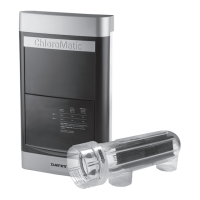



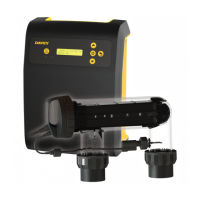
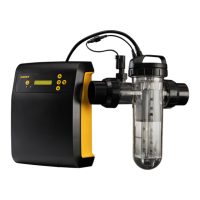
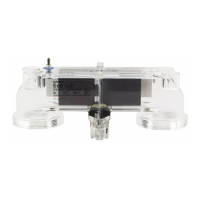
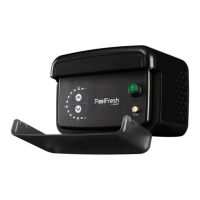




